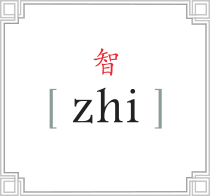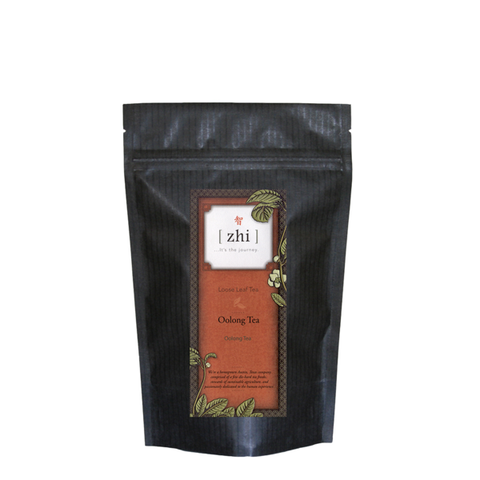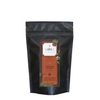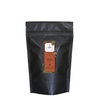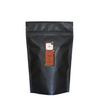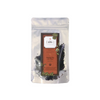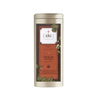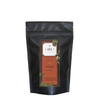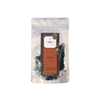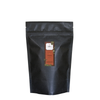Golden Lily Oolong
Ingredients: 100% Organic Jin Xuan Oolong tea. Hand-crafted artisan tea.
Spring 2024! Very nice lot. Aromatic and deep flavor. Buttery.
A great, well-executed batch of Golden Lily (jin xuan) from Mr Huang's small, mid-elevation artisan farm in Taiwan.
Sweet and succulent with a nice long floral finish. Creamy and smooth, hence its other name 'Milk Oolong'. This tea is slightly buttery and sweet with a lingering finish and evolves nicely over many steepings.
Hand crafted and grown in Nantou, Taiwan, and pesticide-free. This is a vacuum sealed wonderful spring 2024 batch, LIMITED SUPPLY. Our best selling Taiwanese oolong. (No added flavoring, of course. Some folks ask, as there are some bogus milk oolongs out there with milk flavoring, yuck!)
One of our Rare Artisan Reserve oolong teas, a line of small batch handmade teas from a craft handed down over generations. Hand selected for having all the hallmark qualities of the highest grades (this is the top-most grade) with notable personality accents. AKA Butterfly of Taiwan Oolong
AKA Jin Xuan Oolong, Milk Oolong, Jin Xuan cultivar
Water: 200°F | Leaves: 2 tsp per 12 ounce cup | Infusion Time: 2 minutes. Second steep, 45 seconds, increasing a few seconds each subsequent steep.
Basic Steeping Tips
- Use filtered or spring water, whenever possible
- Don’t over-boil water
- Remove leaves after recommended time (adjust to taste)
- If you want stronger tea, use more leaves instead of steeping for a longer time
Leaves can be resteeped 2-3 times resulting in various flavor differences. Don’t throw out those leaves until they have given it all up!
Polyphenol in oolong tea is effective in controlling weight. It activates the enzyme that is responsible for dissolving triglycerides. Studies have confirmed that a 2-3 cup per day intake of oolong tea contributes to enhancing the function of fat metabolism and controlling obesity.
The history of tea in China is long and complex. The Chinese have enjoyed tea for millennia. Scholars hailed the brew as a cure for a variety of ailments; the nobility considered the consumption of good tea as a mark of their status, and the common people simply enjoyed its flavor.
Tea was first discovered by the Chinese Emperor Shennong in 2737 BC. It is said that the emperor liked his drinking water boiled before he drank it so it would be clean, so that is what his servants did. One day, on a trip to a distant region, he and his army stopped to rest. A servant began boiling water for him to drink, and a dead leaf from the wild tea bush fell into the water. It turned a brownish color, but it was unnoticed and presented to the emperor anyway. The emperor drank it and found it very refreshing, and cha (tea) was born.
